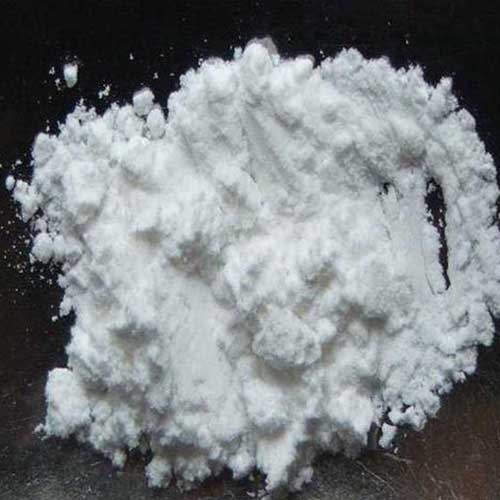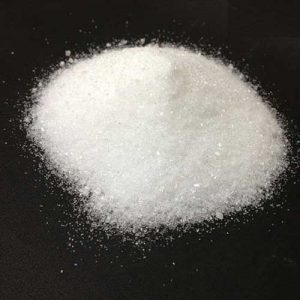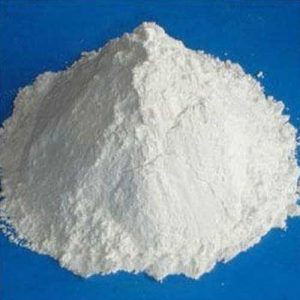- Have any questions?
- 91-22-23726950
- 91-22-23774610

Potash Alum
May 7, 2019
Potassium Bromide
May 7, 2019Potassium Bitartrate, Cream of Tartar
Muby Chemicals established in the year 1976, is pioneer in Manufacturing Chemicals for Oil and Gas Exploration, Hydraulic Fracturing (Fracking) and coiled tube Chemicals.Our advanced chemistry leading to an innovative and high-performance product range is coupled with effective on and off site management services.
We are manufacturer of Specialty chemicals, Pharmaceutical Excipients, Fragrance & Flavorchemicals in India, which are of IP, BP, USP, Ph. Eur., FCC or Food Grade, ACS, AR or Analytical Reagent Grade, LR or Laboratory Reagent Grade, Pure and Technical Grades of various chemicals.
Potassium Bitartrate USP
Potassium Bitartrate (Also called Cream of Tartar)
C4H5KO6 188.18
Butanedioic acid 2,3-dihydroxy-, [R-(R*,R*)]-, monopotassium salt.
Potassium hydrogen tartrate [868-14-4].
Potassium Bitartrate, dried at 105 for 3 hours, contains not less than 99.0 percent and not more than 101.0 percent of C4H5KO6.
Identification—
A: Ignite it: it leaves a residue that imparts a reddish purple color to a non-luminous flame.
B: A saturated solution of Potassium Bitartrate yields a yellowish orange precipitate with sodium cobalt nitrite TS.
C: A solution (1 in 10 of Potassium Bitartrate) responds to the tests for Tartrate.
Insoluble matter— Mix 500 mg of it with 3 mL of 6 N ammonium hydroxide: no un-dissolved residue remains.
Limit of ammonia—
Sodium hypochlorite solution— Use a commercially available solution that contains between 4.0% and 6.0% of sodium hypochlorite.
Oxidizing solution— [NOTE—Prepare on the day of use.] Prepare a mixture of alkaline sodium citrate TS and Sodium hypochlorite solution (4:1).
Diluted sodium nitroferricyanide solution— Prepare a mixture of water and sodium nitroferricyanide TS (10:1).
Standard solution— Transfer 300 mg of ammonium chloride, previously dried over silica gel for 4 hours, to a 1-L volumetric flask, and dilute with water to volume. This solution contains 100 =g of ammonia per mL. Dilute this solution quantitatively, and stepwise if necessary, with water to obtain a solution having a concentration of 0.25 =g of ammonia per mL.
Test solution— Transfer 250 mg of Potassium Bitartrate to a 100-mL volumetric flask, and dissolve in and dilute with water to volume. Heat gently to facilitate the dissolution.
Procedure— [NOTE—Carefully follow the order of addition stated below.] Separately transfer 6.0 mL each of the Standard solution and the Test solution to two color-comparison tubes. To each tube add 0.4 mL of phenol TS, 0.4 mL of Diluted sodium nitroferricyanide solution, and 1.0 mL of Oxidizing solution. Dilute with water to 10 mL, mix, and allow to stand for 1 hour: the color of the Test solution is not darker than the color of the Standard solution (0.01%).
Heavy metals— the limit is 0.002%.
Potassium Acid Tartrate FCC Food Grade
Potassium Bitartrate; Cream of Tartar
KOOCCH(OH)CH(OH)COOH
C4H5KO6 Formula wt 188.18
INS: 336 CAS: [868-14-4]
DESCRIPTION
Potassium Acid Tartrate occurs as colorless or slightly opaque crystals, or as a white, crystalline powder. It is a salt of L(+)- tartaric acid. One gram dissolves in 165 mL of water at 25°, in 16 mL of boiling water, and in 8820 mL of alcohol. A saturated solution is acid to litmus.
Function: Acidifier; buffer.
REQUIREMENTS
Identification:
A. When sufficiently heated, a sample chars and emits flammable vapors having an odor resembling that of burning sugar. At a higher temperature and with free access to air, the heat consumes the carbon of the black residue, and a white, fused mass of potassium carbonate remains that imparts a red-purple color to a non-luminous flame.
B. Mix a saturated solution of sample with sodium cobalt nitrite TS. A yellow-orange precipitate forms.
C. Neutralize a saturated solution of sample with 1 N sodium hydroxide in a test tube, add silver nitrate TS, then just sufficient 6 N ammonium hydroxide to dissolve the white precipitate, and boil the solution. A mirror forms on the inner surface of the test tube from the silver deposited there.
Assay: Not less than 99.0% and not more than 101.0% of C4H5KO6 after drying.
Ammonia: Passes test.
Insoluble Matter: Passes test.
Lead: Not more than 2 mg/kg.




